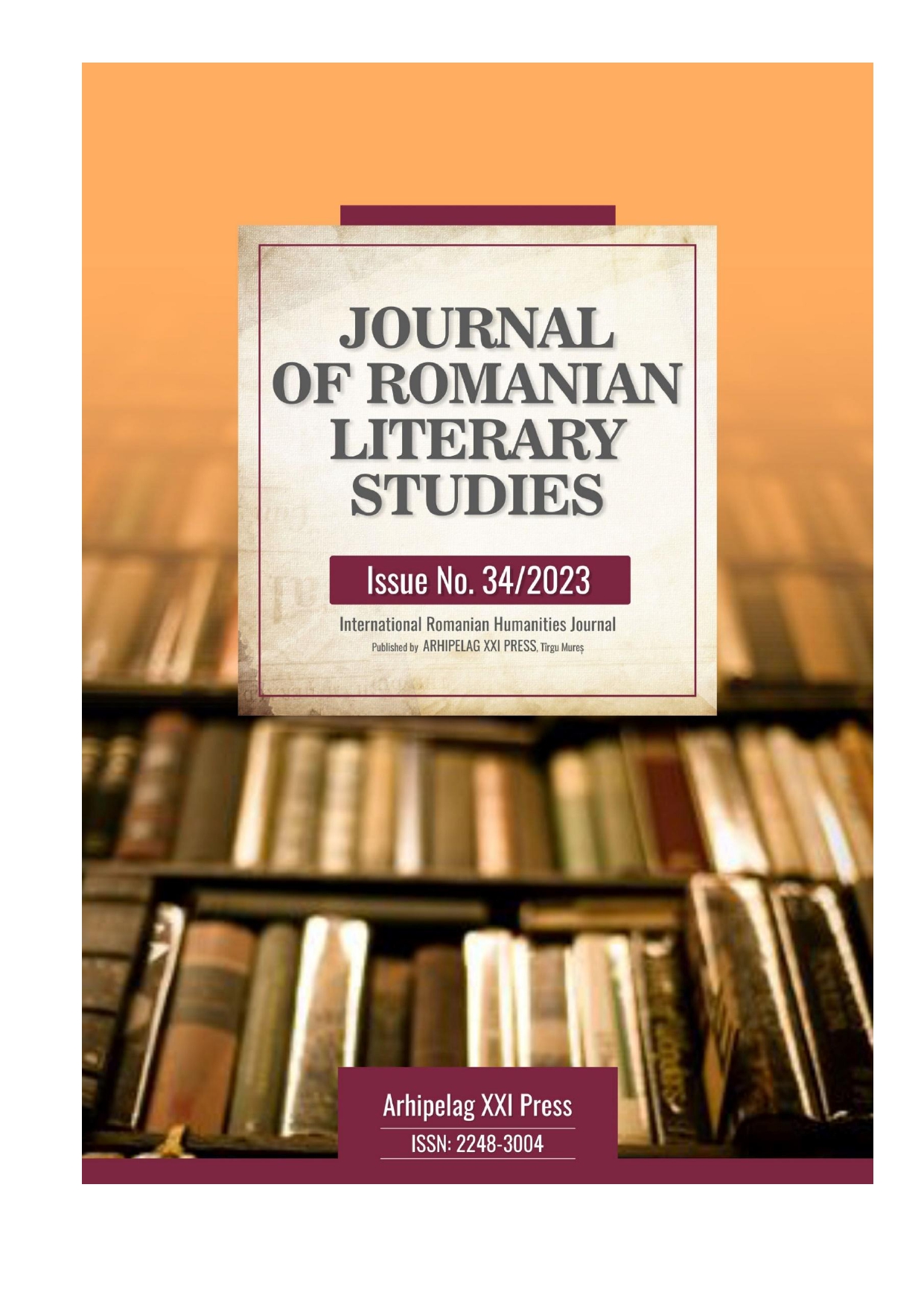MARKERS REGARDING THE POLITICAL-ADMINISTRATIVE ORGANIZATION OF ROMANIA IN THE CAROL II PERIOD
MARKERS REGARDING THE POLITICAL-ADMINISTRATIVE ORGANIZATION OF ROMANIA IN THE CAROL II PERIOD
Author(s): Mihaela PostolacheSubject(s): Cultural history, Governance, Diplomatic history, History of ideas, Political behavior, Political economy, Political psychology, Politics and communication, Politics and society, History and theory of political science, Politics of History/Memory
Published by: Editura Arhipelag XXI
Keywords: dictatorship; king; totalitarian regime; abdication;
Summary/Abstract: In the history of Romania, King Carol II represents one of the most debated and cost-famous characters. Throughout his reign (1930-1940), many cultural achievements were made, but they were overshadowed by the controversies surrounding the king's private life and the slipping of the country on the slope of authoritarianism. In 1938, in the context of the deteriorating domestic political situation and growing international tensions, Carol sensed the opportunity to establish a regime of personal authority. To give legitimacy to the new form of state organization, the king and his relatives understood the need to gain the trust of the population. To this end, a true cult of the monarch's personality was built to create the image of a saving leader, of the "providential man".
Journal: Journal of Romanian Literary Studies
- Issue Year: 2023
- Issue No: 34
- Page Range: 357-360
- Page Count: 4
- Language: English

